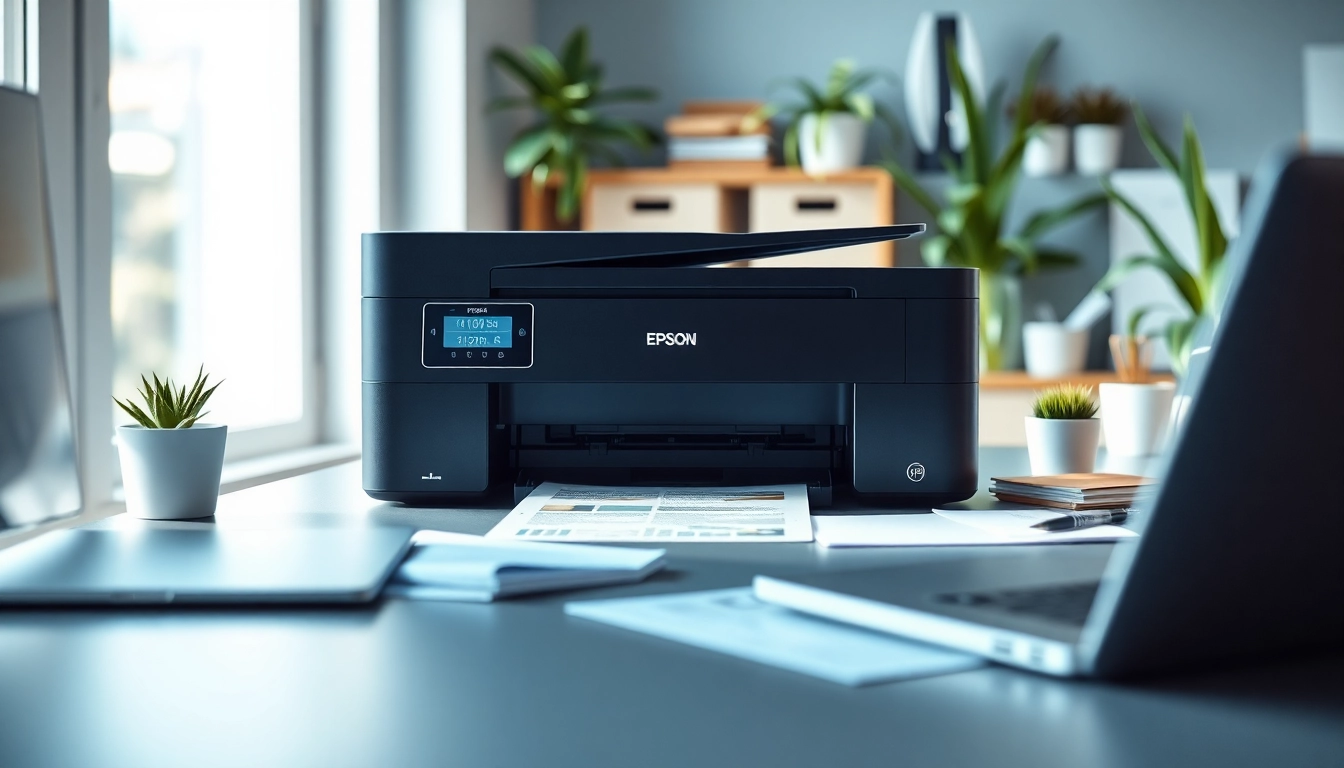Understanding Thermal Management Materials
Definition and Importance
Thermal management materials are specialized products designed to control and dissipate heat in various applications, particularly in electronics. With the increasing density of electronic components and the demand for high performance, effective thermal management is critical to ensure device efficiency, longevity, and reliability. These materials create pathways for heat dissipation, help maintain optimal operating temperatures, and prevent overheating, which can lead to device failure or performance issues. For an effective understanding of thermal management solutions, exploring different types of thermal management materials is essential.
Types of Thermal Management Materials
Thermal management materials can be categorized into several types, each serving distinct roles in heat management. The primary types include:
- Thermal Interface Materials (TIMs): These materials bridge the gap between heat-generating components and heat sinks, enhancing thermal conductivity and reducing thermal resistance. Common forms of TIMs include thermal pastes, pads, and adhesives.
- Gap Fillers: These materials are used to fill air gaps between components and heat sinks. They ensure better contact and improve heat transfer efficiency. Gap fillers can be silicone-based or polyurethane-based, offering varying levels of thermal conductivity and mechanical properties.
- Phase Change Materials (PCMs): PCMs change phase (from solid to liquid and vice versa) at specific temperatures, effectively absorbing or releasing heat during these transitions. They are ideal for applications where temperature regulation is critical.
- Thermal Adhesives: These are used for bonding components while also providing thermal management. They generally feature high thermal conductivity and can serve dual purposes.
- Thermal Tapes: Pressure-sensitive adhesive tapes designed to provide thermal conductivity. These are particularly useful in applications where flexibility is required.
Applications in Electronics
Thermal management materials find wide-ranging applications in electronic devices, from consumer electronics to advanced industrial systems. Key applications include:
- Consumer Electronics: Smartphones, tablets, and laptops all require effective thermal management to maintain performance and prevent overheating.
- Automotive Electronics: With the rise of electric vehicles and advanced driver-assistance systems (ADAS), managing heat in automotive electronics is becoming increasingly critical.
- Data Centers: High-performance computing environments with dense configuration of servers need efficient thermal management solutions to maintain optimal performance.
- Industrial Equipment: Machines and systems used in manufacturing often generate significant heat and require reliable thermal management solutions to ensure operational efficiency and safety.
- LED Lighting: Heat dissipation is essential for LED products to ensure longevity and efficiency, making thermal management materials a crucial component in their design.
Key Features of Effective Thermal Management Materials
Thermal Conductivity Ratings
One of the most important features of thermal management materials is their thermal conductivity rating, typically measured in watts per meter-kelvin (W/mK). High thermal conductivity materials allow for effective heat transport away from critical components. When selecting thermal management solutions, it is key to compare these ratings among different materials. For instance, materials such as graphite or metal-based compounds often exhibit superior thermal performance compared to traditional polymer options.
Durability and Stability
Thermal management materials must not only manage heat but also withstand the harsh environments in which they operate, including extreme temperatures, humidity, mechanical stress, and chemical exposure. The durability and long-term stability of materials ensure that they will perform effectively throughout the lifespan of the device. Materials such as silicone and specialized epoxy resins inherently offer good stability under varied conditions.
Compatibility with Components
Effective thermal management materials must be compatible with the components they are intended to couple. This compatibility entails consideration of thermal expansion properties, chemical interactions, and stiffness. For example, materials that possess a high coefficient of thermal expansion may not be suitable for rigid components, as they can lead to stress concentrations and potential device failure. Therefore, understanding the interactions between different materials is essential when designing electronic assemblies.
Choosing the Right Thermal Management Material
Assessing Application Requirements
When choosing thermal management materials, it’s crucial to assess the specific requirements of the application. Factors such as operational temperatures, required thermal performance, mechanical properties, and environmental conditions all play a role in selecting suitable materials. Conducting thorough thermal analysis during the design phase can help identify the most effective solutions and avoid potential thermal issues later on.
Common Challenges and Solutions
Several challenges may arise in selecting and implementing thermal management materials:
- Material Availability: Some specialized materials may have limited availability or require long lead times. Engaging suppliers early in the design process can mitigate this issue.
- Application Misalignment: Choosing a material that does not align with the application needs can lead to performance issues. A clear understanding of the application’s thermal requirements is essential.
- Installation Difficulties: Improper installation can reduce material effectiveness. Training for installation processes or incorporating easy-to-use products can help overcome this challenge.
Expert Recommendations
Experts in thermal management emphasize the importance of testing and validating materials under real-world conditions. Conducting thermal simulations and practical tests can identify potential dissipation pathways, adjust for thermal loads, and evaluate performance over time. Moreover, keeping abreast of technological advancements in thermal materials can lead to improved options and methods for managing heat effectively.
Installation Techniques for Optimal Performance
Preparation of Surfaces
The preparation of surfaces is crucial for ensuring optimal contact between components and thermal management materials. Surfaces should be cleaned of any dust, oil, or other contaminants to enhance adhesion and heat conduction. Depending on the method employed, surface roughness should also be evaluated, as greater roughness may lead to micro-air gaps that could impact thermal performance.
Application Processes for Different Materials
The application method varies by the type of thermal management material. For instance, thermal pastes require careful spreading over surfaces to ensure a thin, even layer, while thermal pads may need precise cutting to fit the component. Thermal adhesives typically require mixing of components before application, followed by careful adherence to achieve the desired bond and thermal conductivity.
Measuring Success Post-Installation
Post-installation, it is essential to evaluate the performance of the thermal management materials. Various techniques, such as infrared thermography, can be utilized to assess thermal performance in real time. Monitoring temperatures during normal operation and comparing them against expected performance metrics helps validate material effectiveness and can highlight areas needing further improvement.
Future Trends in Thermal Management Materials
Advancements in Material Science
Ongoing advancements in material science are leading to the development of innovative thermal management solutions. Nano-enhanced materials and composites are emerging, showing promise in enhancing thermal performance while minimizing weight. Advanced polymer blends are also being investigated for improved flexibility and thermal conductivity, opening new avenues for applications in flexible electronics and wearables.
Sustainable Options and Solutions
In response to increased environmental awareness, the demand for sustainable thermal management materials is growing. Biodegradable materials and those sourced from renewable resources are under development, aiming to provide effective thermal solutions without compromising environmental integrity.
Market Outlook and Innovations
The market for thermal management materials is forecasted to expand as the demand for energy-efficient electronic devices continues to rise. Innovations, particularly in nano-thermal interface materials and novel manufacturing techniques, are expected to drive substantial growth in the industry. Continuous research and development will ensure that thermal management solutions evolve to meet the challenges posed by increasingly complex electronic systems.







